
04 Jan 2024

Horizon
From the turtles of the Farasan Islands to the ibex that dot the Asir Mountains, this documentary captures Saudi Arabia's diverse wildlife and scenery.

Isolated from the rest of the world since the time of the dinosaurs, New Zealand’s magnificent wildlife has been left to its own devices for 80 million years, with surprising consequences. This series reveals New Zealand’s rich and intriguing wildlife stories, from the bustling communities of penguins hiding away in giant daisy forests to the kakapo – Earth’s only species of flightless nocturnal parrots. New Zealand was also the last place to be discovered and settled by people who brought with them new animals, like merino sheep and new predators like the stoat. Finally the series meets the pioneering conservation heroes who are fighting to save some of its most endangered species.

Narrator (voice)

04 Jan 2024

From the turtles of the Farasan Islands to the ibex that dot the Asir Mountains, this documentary captures Saudi Arabia's diverse wildlife and scenery.
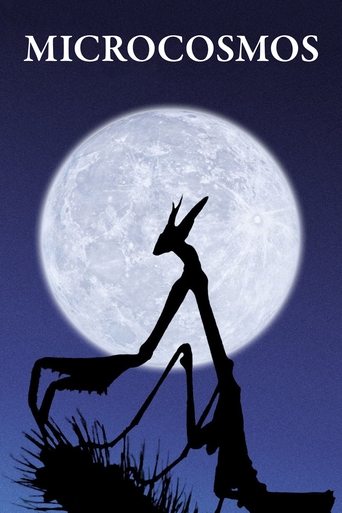
06 Sep 1996

A documentary of insect life in meadows and ponds, using incredible close-ups, slow motion, and time-lapse photography. It includes bees collecting nectar, ladybugs eating mites, snails mating, spiders wrapping their catch, a scarab beetle relentlessly pushing its ball of dung uphill, endless lines of caterpillars, an underwater spider creating an air bubble to live in, and a mosquito hatching.
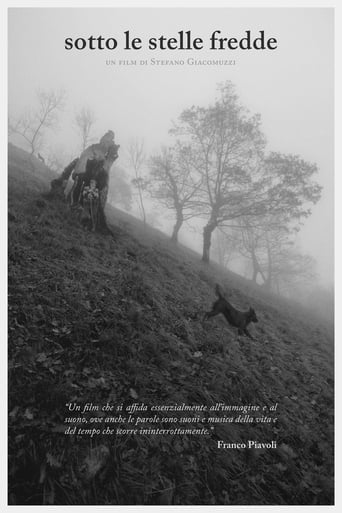
06 Sep 2020

Set in the mountains of northeast Italy, this film may be considered an observational documentary about rural life. Although this is undeniably the case, at the same time Under the cold stars can hardly be considered a documentary: the microcosm on which it focuses appears to be a reflection of a broader reality and perhaps a way to deal with the themes of man’s existence and his relationship with animals, nature and, most importantly, with time. As written by Franco Piavoli "it is a film which essentially relies on images and sound, where words themselves are sound and the music of life, of the relentless flow of time."
10 Jun 1932
Mary Field edits the time-lapse photography of F. Percy Smith to show the life cycle of ferns and related plants.
10 Jun 1936
Mary Field and F Percy Smith create this whimsical look at the breeding habits and life cycle of frogs.
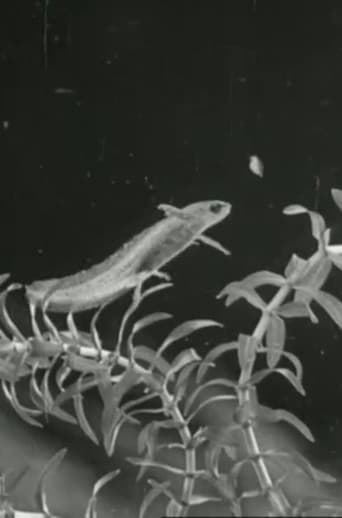
10 Jun 1942

Underwater and microscopic photography by F. Percy Smith tell the story of a newt's life.
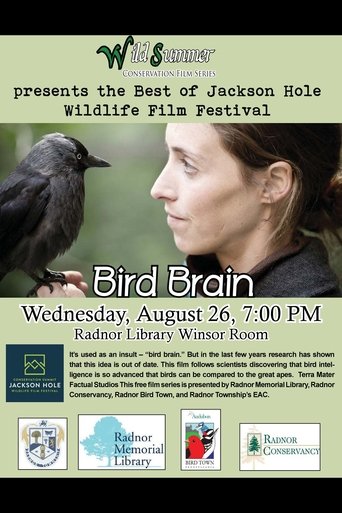
14 Jun 2012

With a combination of wild observations and specially designed tests, this film will guide us through the latest research on bird intelligence, a journey which will re-define the meaning of ‘bird-brained’.
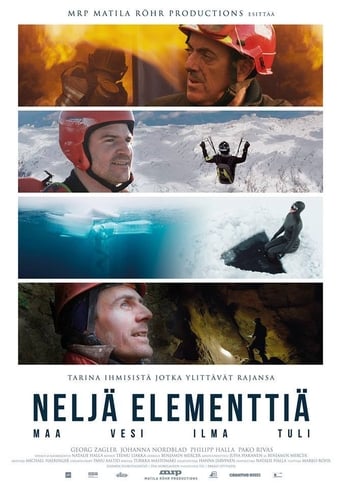
17 Mar 2017

A journey into four classical elements through the four main characters of the film. The main characters in the movie represent each of their own elements.
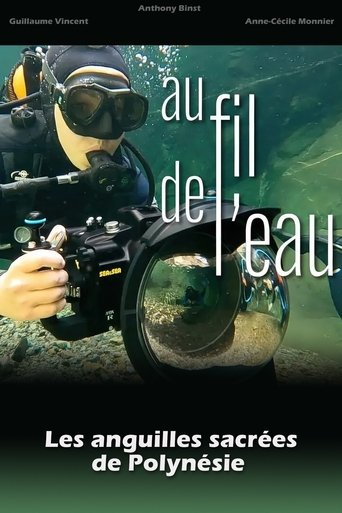
01 Jan 2020

No overview found
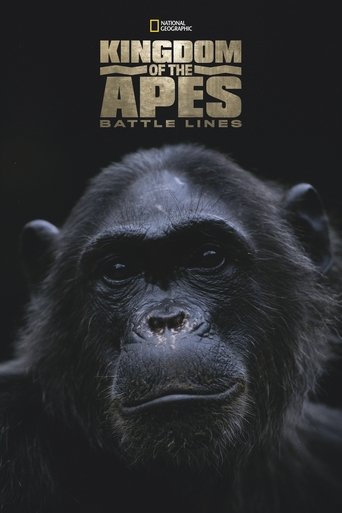
13 Jul 2014

Gorillas and Chimpanzees struggle for power and dominance within their clans.
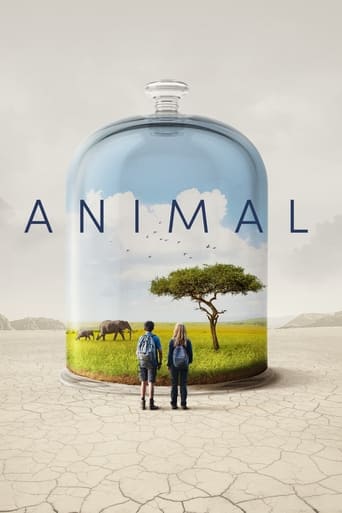
01 Dec 2021

16-year-old Bella and Vipulan are part of a generation convinced its very future is in danger. Between climate change and the 6th mass extinction of wildlife, their world could well be inhabitable 50 years from now. They have sounded the alarm over and over, but nothing has really changed. So they’ve decided to tackle the root of the problem: our relationship with the living world. Over the course of an extraordinary journey, they come to realize just how deeply humans are tied to all other living species. And that by saving them… we’re also saving ourselves. Humans thought they could distance themselves from nature, but humans are part and parcel of nature. For man is, after all, an Animal.
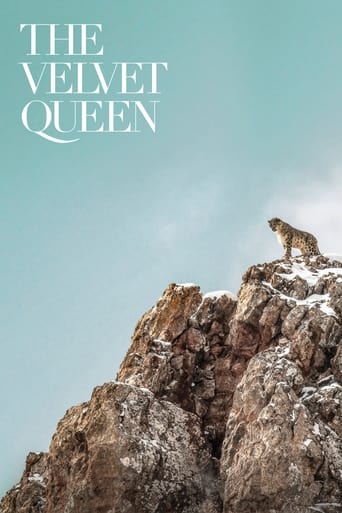
15 Dec 2021

High up on the Tibetan plateau. Amongst unexplored and inaccessible valleys lies one of the last sanctuaries of the wild world, where rare and undiscovered fauna lives. Vincent Munier, one of the world’s most renowned wildlife photographers takes the adventurer and novelist Sylvain Tesson (In the Forest of Siberia) with him on his latest mission. For several weeks, they’ll explore these valleys searching for unique animals and try to spot the snow leopard, one of the rarest and most difficult big cats to approach.

10 Oct 2023

No overview found
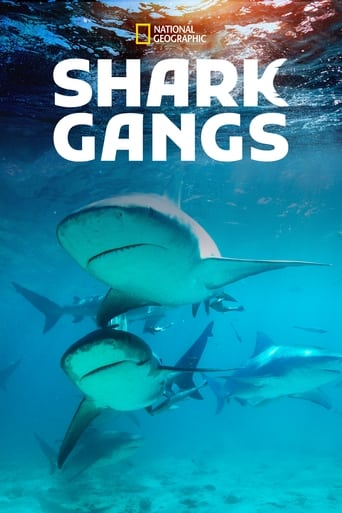
16 Jul 2021

Scientists have discovered and investigate the reason behind the behavior of sharks swimming around in gangs even though they are viewed as solitary predators.
01 Jan 2014
No overview found

21 Oct 2020

No overview found
01 Jan 1949
No overview found
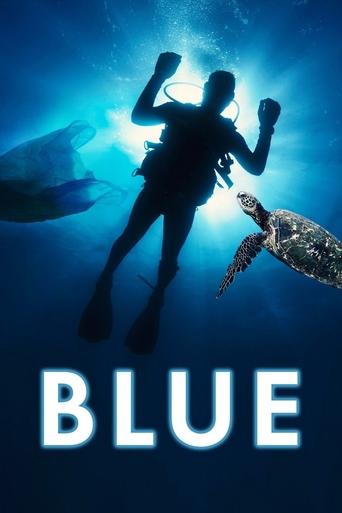
27 Jul 2017

From space, our planet appears as a tiny blue dot in the vastness of space. Blue, because 99% of all living space on Earth occurs in the Ocean. But the seas are under threat. The industrialization that has occurred in the oceans over the last century mirrors the events that triggered mass extinctions on land. As we learn of the ecological crimes occurring worldwide, we also uncover the shocking truths happening on our own shorelines.
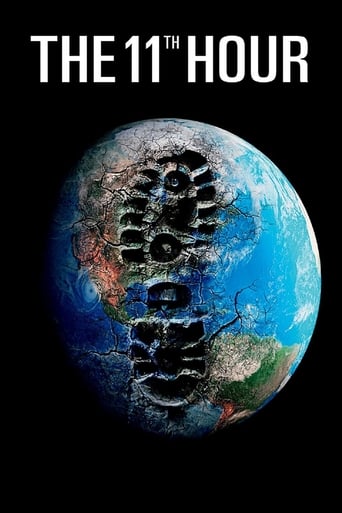
17 Aug 2007

A look at the state of the global environment including visionary and practical solutions for restoring the planet's ecosystems. Featuring ongoing dialogues of experts from all over the world, including former Soviet Prime Minister Mikhail Gorbachev, renowned scientist Stephen Hawking, former head of the CIA R. James Woolse
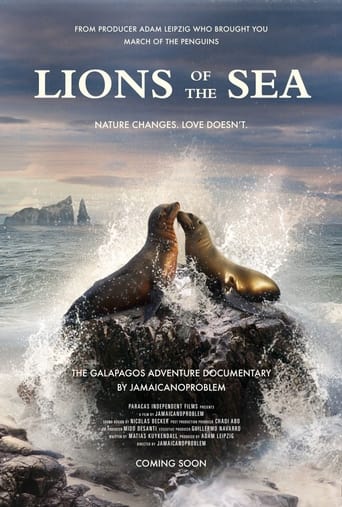

The film will be a work of fantastic realism, exploring the daily adventures, social dynamics, and remarkable role of sea lions in one of the most biodiverse and protected ecosystems on the planet.